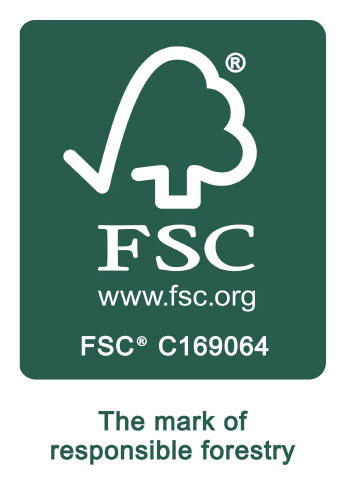As shipped goods increase, packaging line teams, delivery drivers and customers are lifting more bulky and heavy boxes than ever before. Can rethinking packaging design help to prevent manual handling injuries?
Lifting and carrying weighty, large or awkward-shaped boxes can take their toll on the body. For safe manual handling, the advice is to bend your knees and keep your back straight at all times. Even with training and the best intentions, many people still twist and reach when moving boxes.
There are no specific weight limits for manually handling boxes, it is down to the employer and employee to assess what is safe. When the pressure is on to get an order out or to complete the delivery round, corners are cut.
According to HSE 2019 data, 19% of non-fatal workplace injuries in the UK were caused by handling, lifting and carrying. The average time off for a worker to recover was 18.4 days. Are there some simple ways in which packaging design can help to reduce the risks?
Sizes of Industrial Boxes
The most challenging boxes to lift are both bulky and heavy. Equipment can be used to aid the process or two people can be assigned to lifting but is there an alternative?
In some cases, simply reducing the size of industrial boxes and shipping cartons makes things easier. Smaller boxes are less bulky and lighter weight. This makes it easier to handle for those on the production and packaging lines, as well as delivery drivers and customers.
Whilst our team can produce very large cartons, we always consider functionality. This means packaging design that offers the right level of protection for the goods inside. It also considers lifting and handling practicalities.
Handholds to Aid Box Lifting
Another straightforward solution is to include handholds in the packaging design. They prevent people from having to find a way to tilt the box and get their hand underneath to lift. These simple holds make it easier to lift and carry, whilst maintaining a straight back.
Handholds can be die cut from any type of corrugated cardboard. The shape is removed as part of the manufacturing process. It is therefore not a great expense to add in this practical detail. The handholds then make it easier for one or two people to get a firm grip on the boxes.
Handholds also improve the chances that boxes will be kept the right way up. This can be useful for minimising damage to fragile goods.
Easy Carrying with 0217 Boxes
We often recommend the 0217 box design for heavy boxes that need lifting. This design includes an integrated handhold at the top of the box. This style of box is widely used for drinks packaging and we also supply it to one customer for carrying brick samples.
Boxes with Plastic Handles
For some customers, we have created cardboard packages with securely attached plastic handles. These are ideal for mid-weight, carry case-style packaging. If your team are carrying samples boxes for client meetings and exhibition stands, these could be an effective option.
The Benefits of Internal Cardboard Dividers
Lifting and handling a box becomes trickier when the goods inside are sliding about. A change in the distribution of weight can cause people to suddenly twist or bend to prevent the box from being dropped. The addition of internal cardboard dividers is an inexpensive way to keep everything in its place.
Internal cardboard dividers have the added benefit of reinforcing the strength of shipping cartons. They can also aid efficiency on the packaging line, remove the need for fillers and reduce the risk of goods being damaged in transit. When the customer receives and opens the boxes, it also improves the presentation of goods ordered.
Advice from Local Packaging Supplier
If your company is looking to enhance safe manual handling through good packaging design, get in touch with Aylesbury Box Company on 01296 436888 or enquiries@abcbox.co.uk. We are happy to advise on the suitability of integrated handholds, handles or 0217 boxes for your goods.
